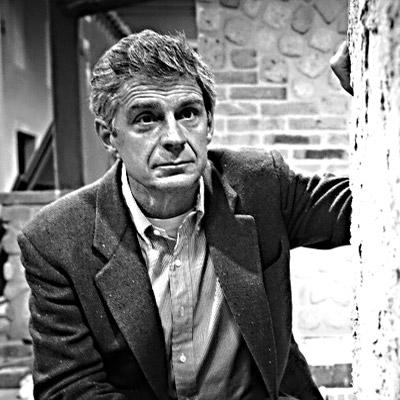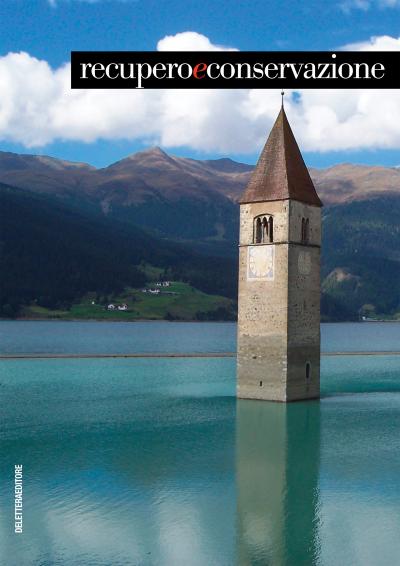INDOVINELLO
In questo indovinello si dovrà individuare la città in cui abita il sottoscritto tramite l’illustrazione di un progetto di restauro di uno dei monumenti emblematici della sua singolare Città.
Innanzitutto bisogna premettere che la Città viene da sempre considerata la più bella e originale del mondo sia per i suoi monumenti storici sia perché ha la particolarità di non avere strade dove passano le auto ma canali per le barche che costituiscono l’unico mezzo meccanico di spostamento.
Può ancora aiutare all’individuazione il fatto che nell’ultimo anno sono stati arrestati il presidente della regione e il suo caro assessore ai lavori pubblici, l’intero nucleo operativo dei lavori pubblici della provincia, il sindaco con i suoi collaboratori e numerose alte personalità (le minuscole non sono un refuso). In realtà quest’ultima informazione non è un grande aiuto perché può essere un fattore diffuso e comune a molte altre città della Penisola.

VILLA EMO A MONSELICE
Il degrado della copertura di un’importante Villa Veneta è l'occasione per sperimentare la possibilità di intervenire in modo intelligente e parco con un atteggiamento timido e umile con la riscoperta di pratiche preziose perdute come i “conciatetti” e la garanzia di poter effettuare le manutenzioni periodiche in modo semplice con costi contenuti.
VILLA EMO A MONSELICE
The damaged roofs of an important Venetian Villa is an opportunity to experience the opportunity to intervene intelligently and soberly with a shy and humble attitude with the rediscovery of lost valuable practices such as the "conciatetti" and the guarantee of being able to carry out periodic maintenance easily and with low costs.
RIQUALIFICAZIONE INDUSTRIALE
La riqualificazione architettonica ed energetica di edifici industriali, ridona una nuova identità ai complessi, migliorando la qualità di vita all’interno. Le nuove connotazioni esterne valorizzeranno il rapporto con il contesto che li circonda e con il quale si potrà creare un dialogo diurno e notturno, in un dinamico intreccio di rapporti fra il nuovo interno, l’edificio esistente e l’esterno riconoscibile a scala urbana.
INDUSTRIAL REQUALIFICATION
The architectural and energetical redevelopment of industrial buildings, gives new identities to the complexes, improving the quality of life inside them. The new external connotations will enhance the relationship to the environment around them and with which you can create a dialogue by day and night, producing a dynamic plot of relationships among the new interior design, the existing building and the exterior appearance easly recognizable on urban landscape.
BORGHI ABBANDONATI
In Italia ci sono 182 borghi completamente abbandonati. Quando sono stati abbandonati? Ci sono cause differenti da regione a regione? In quale stato si trovano? Quali regioni italiane o aree geografiche hanno più borghi abbandonati? La mia ricerca ha provato a rispondere a queste domande. Solo con la consapevolezza dell’esistenza di questo patrimonio possiamo agire ed intervenire in tempo per tutelare, valorizzare questo patrimonio culturale.
ABANDONED VILLAGES
In Italy there are 182 completely abandoned small villages. When they have been abandoned? Are there different causes from region to region? In what conditions are these villages? Which Italian regions have more abandoned villages? My research has tried to answer these questions, because I think that the knowledge of this cultural heritage can help to protect and discover their value.
USO E RIFUNZIONALIZZAZIONE DEI TULOU DEL FUJIAN
Il caso dei tulou del Fujian è esemplificativo di un fenomeno complesso nell'ambito della tutela del patrimonio. La difficoltà di applicare linee guida di intervento a migliaia di costruzioni ad uso abitativo diffuse sul territorio è resa più pressante dall'aumento del turismo, anche a seguito della nomina a Patrimonio dell'Umanità.
La situazione dei vari siti, inclusi quelli tutelati, è molto diversa in quanto a manutenzione, protezione e gestione. Molti sono ancora abitati e immersi nel paesaggio rurale, altri in abbandono, altri ancora trasformati strutture museali o ricettive.
USE AND REUSE OF FUJIAN TULOU
The situation of the isolated rural communities living in south-east Fujian tulou deeply changed with the nomination of the property as World Heritage Site, together with the exponential growth of the number of visitors.
During the past decades the government invested in the restoration of sites and the preservation of landscape. The road network has been strongly improved and many facilities for tourists have been created. The increase of tourism positively affected the local economy through the creation of new job opportunities. Still, people are moving to urban areas of the coast, and (those who stay) from ancient buildings to more comfortable and modern houses. This is why the conservation plan includes measures to encourage the inhabitants to stay by improving living conditions (providing facilities in a way the ancient construction is preserved) and offering services at affordable rates.
The situation of the buildings is very different in terms of conservation, maintenance, and management. In fact a large number of Fujian tulou is not listed and these buildings suffer uncontrolled interventions, often the addition of new concrete or fired brick structures to the existing one.
At the same time some projects of adaptive reuse have been implemented, creating museums and accommodations for tourists, in a way the old structure is barely affected by new functions. The favorable Fujian climate and the features of the traditional massive construction allow to minimize the impact of systems.
The case of Fujian is an example of the challenges related to the conservation of a diffused heritage, which need to be addressed through the formulation of common conservation criteria and intervention guidelines, within a regulatory framework having different level of restrictions. Conservation of tulou is linked to landscape and intangible heritage protection: terraces of rice, tea and tobacco cannot survive without farmers, and the residential use should be preserved, so that the vitality of the local communities is ensured.

